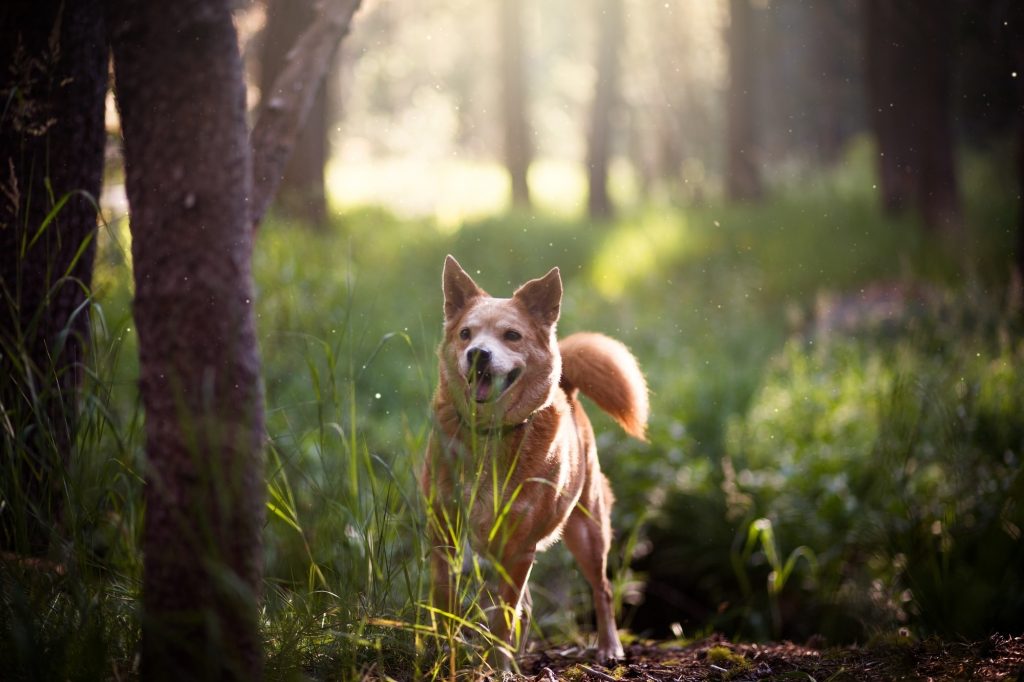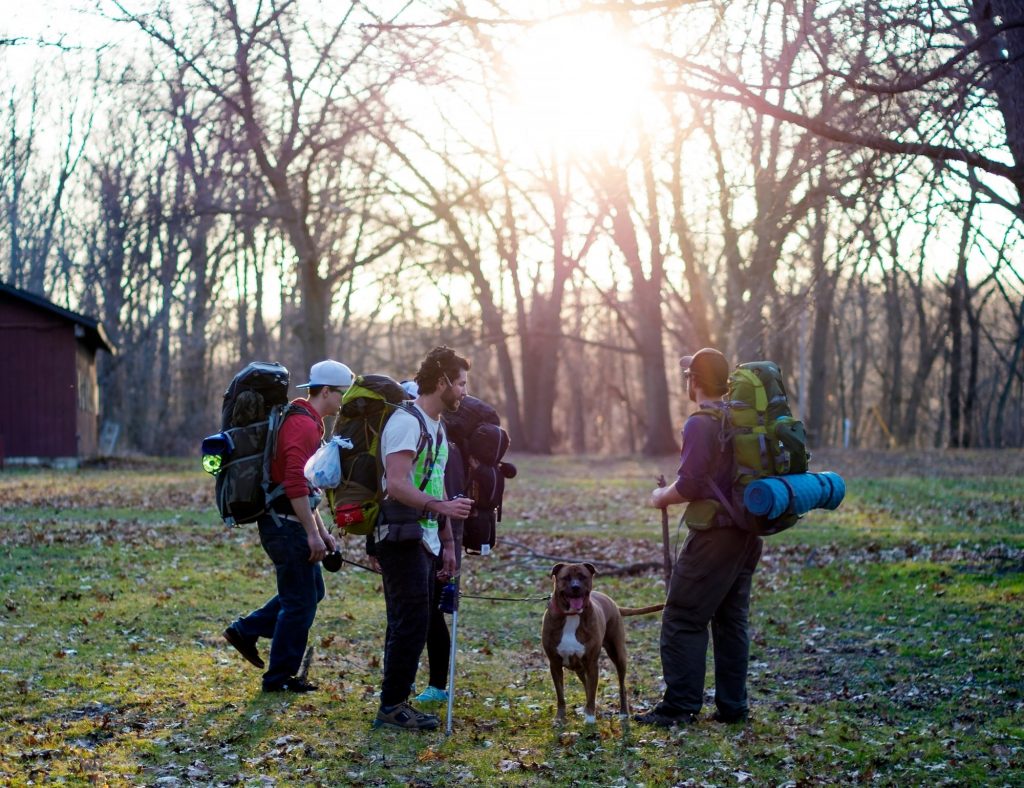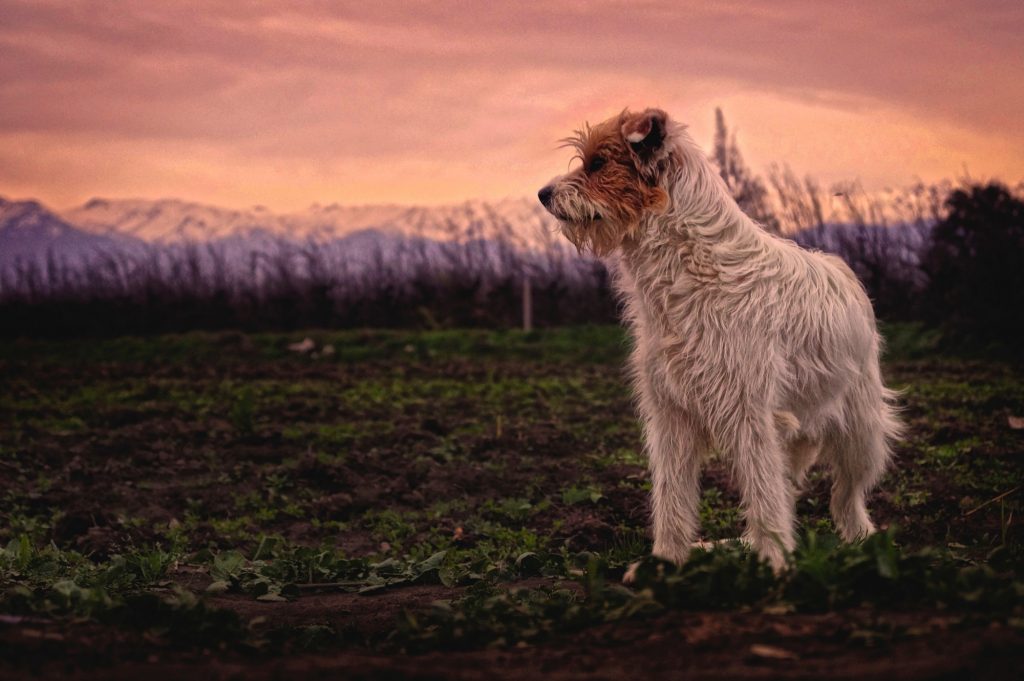The first question I was usually asked when I would explain to non-climbers that I was getting ready to move into my van was, “Where will you go to the bathroom?” A close second was,
What are you going to do with your dog?”
Fellow dog lovers will understand that this question was almost insulting … he was coming with me of course.

I adopted my dog at 10 weeks old from a small non-profit shelter and he has become an important member of my family. Though taking a dog on the road does require a bit more planning and research I would never consider leaving him behind.
I have now been living in my van with my dog for about six months. For the most part, it has been smooth sailing. I have learned that my dog requires a rest day just like me, that sometimes we should spend a day apart to really appreciate each other again, and that if I leave my towels hanging over the seat to dry he will pull them down to sleep on. My dog has learned that horses are not just large friendly dogs, that he should just go to sleep once the van starts moving, and that it is in fact possible to poop in the desert despite the lack of grass.
Having a dog provides plenty of benefits such as an additional sense of security when in isolated locations, a built in running and cuddle buddy, and a good icebreaker for meeting strangers. Not to mention that you will never find a happier dog than one living in a van with their favorite human adventuring outside every day.
Here are a few practical tips to help you and your dog make the transition to van life together:
1. Know your dog
This is the best advice I can give anyone looking to travel on a day-to-day basis with their dog.
Your dog is going to be encountering lots of strange people, animals, and situations and you don’t want a bad experience for your dog or the people and animals around them. Does your dog get scared when people are wearing weird hats or backpacks? Does he or she run away from loud noises or large animals like horses? Understanding your dog’s reactions and paying attention to the environment can make or break your traveling experience.
My dog has never spent a great deal of time around children and he finds them scary. Most of the time this is no problem, he will just avoid them. However, I have been climbing at a crag where several children were constantly grabbing him and chasing him. We left. Not an ideal situation but better to leave than risk an escalated situation.

2. Give your dog a safe space
This may be especially important for dogs like mine who lived the first few years of their life in a traditional home. It will probably be a little disorienting for your dog to be constantly moving from place to place, at least in the beginning. If you can give your dog a designated area in your van with some cozy cushions or a nice blanket that they are familiar with it will help them adjust to their new normal.
For me, this is a dog bed with a few blankets that sits right behind the driver’s seat. When my dog gets too tired or is feeling crowded by another dog he will “put himself to bed” and go right to his spot. When he does this I know that he needs a break from whatever is going on.

3. Always bring a leash
Many dogs, mine included, can be off leash in most situations and places. However, you should always have a leash in your pack and accessible. Even if your dog is the best-trained dog on the planet, you might encounter a situation that requires a leash.
A few examples: (1) some areas have leash laws and will ticket you if you are caught without a leash. (2) There may be lots of trash or poop at the crag and you need to keep your dog out of it while you climb. (3) Your dog may encounter a steep scramble and need a little assistance.
Recently I was hiking to a climb in Red Rock Canyon with extremely high winds and my dog was being blown sideways off the slab approach. The leash was essential.

4. Do your research before international travel
International travel requires a bit more planning when you are traveling with a dog. However, in most of North America, you can work it out. Take the time to see what each country requires in terms of paperwork. Some countries just require proof of rabies vaccination while others require a more extensive health check by a veterinarian.
You may have to go to a random veterinarian if you are traveling so make sure you call around and inquire about prices. In Las Vegas, I called five or six different offices and was quoted from $50 to $300 for the exact same service.

5. Pack efficiently
I highly recommend buying a sturdy tote to keep your dog’s food, toys, treats, and medication in. It will only take one instance of you hitting the brakes only to hear the horrifying noise of 25 pounds of kibble rolling across your floor to understand why.
Arrange your van in a way that makes this tote easily accessible. This is probably one of the only items you will need to access multiple times per day. It also helps to buy things like heartworm and flea/tick medication in advance so you don’t have to worry about running out on the road.

6. Take plenty of glamor shots of your awesome dog in cool locations.

Want more climbing content? Get our awesome climbing newsletter, delivered weekly.
Explore more
- Dirtbag Dwellings: Kaya and Michael of Santa Cruz
- How to Climb Every Day This Summer for Under $1000
- Dirtbag Dwellings: Alexis Beaudet-Roy of Quebec
- The 5 Best Friends to Have at the Crag
- Dirtbag Dwellings: Riley Polvorosa of San Francisco
- How (and 5 Reasons Why) To Live in a Van
- All articles related to dirtbagging
- Van Life: Essential Gear for Dirtbagging on the Road
- Truck Life: My Setup and What You Should Know Before You Give It a Try
- How to Convert a Cargo Van into the Ultimate Climber’s Camper
- Get daily content updates by Liking us on Facebook
- Free rock climbing PDFs of technique, training, knots, and more








